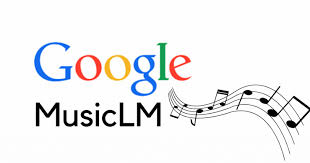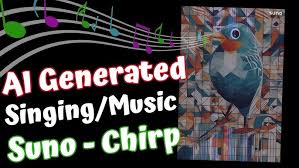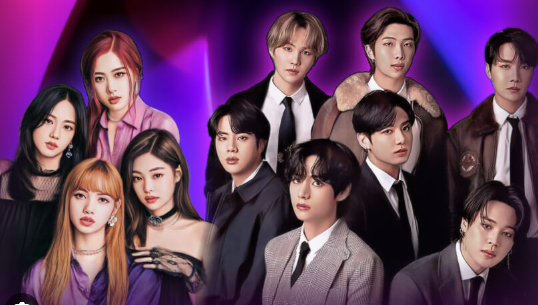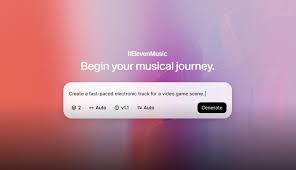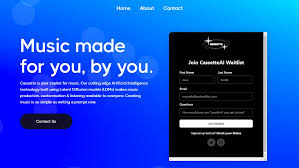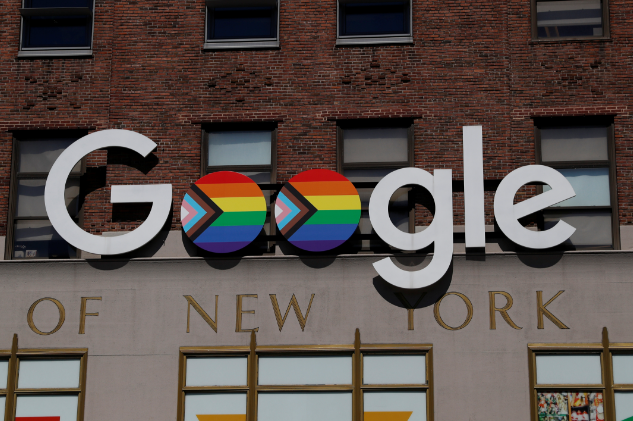Introduction: What Is MusicLM?
MusicLM is Google’s groundbreaking AI music generation model that can create high-quality music from text descriptions. Imagine typing a sentence like "a jazz band playing in a smoky underground club" or "epic orchestral battle theme with choirs", and instantly getting a realistic, multi-instrumental track.
MusicLM was introduced in a research paper by Google in early 2023 and later became accessible through Google’s AI Test Kitchen. It represents a leap forward in text-to-music AI, using deep learning models trained on vast amounts of audio and textual data to generate coherent, stylistically rich, and emotionally accurate music.
But how does MusicLM work under the hood?
Let’s break it down.
Core Technology Behind MusicLM
At its heart, MusicLM is a two-stage model built using AudioLM, semantic modeling, and hierarchical audio generation techniques.
Here’s a simplified breakdown:
1. Text Embedding: Understanding What You Want
The process starts when you input a text prompt like:
“A calming piano melody played during a rainy afternoon.”
MusicLM first uses Google’s text encoders (such as BERT or T5-like models) to convert this sentence into a semantic embedding—a high-dimensional vector that captures the meaning, mood, tempo, genre, and structure described in the sentence.
2. Semantic Tokens: Turning Words into Sound Concepts
Then, MusicLM predicts a sequence of semantic audio tokens. These tokens represent high-level musical concepts like instrument type, rhythm patterns, genre styles, and musical phrasing.
This happens through a semantic modeling stage, where it learns the rough structure of the music it will create—similar to sketching out a blueprint before painting.
3. Hierarchical Audio Generation: From Concept to Sound
After semantic prediction, MusicLM passes the result into AudioLM, Google’s audio generation model. AudioLM works hierarchically in two steps:
Coarse tokens define the overall structure
Fine tokens add timbre, harmonics, and instrument detail
This process allows MusicLM to create longer, coherent pieces (up to several minutes) without drifting off-topic or losing musical consistency—something previous AI systems struggled with.
4. WAV Output with Realistic Sounding Instruments
Unlike older symbolic models (like MIDI-based systems), MusicLM generates realistic audio—not just notes, but actual sound. This includes:
Polyphonic compositions
Multitrack layers (e.g., drums, synth, strings, vocals)
Genre-specific mixing and mastering effects
Training Dataset: Where Does MusicLM Learn From?
According to Google’s paper, MusicLM was trained on 5 million audio clips, with 280,000 hours of music paired with text descriptions. This includes:
YouTube Music-like examples
Music with corresponding metadata (genre, tempo, mood)
Publicly available datasets (under research licenses)
Because of copyright concerns, MusicLM was initially not released to the public, but later became part of Google’s AI Test Kitchen with limitations to prevent copying of copyrighted works.
Features and Capabilities of MusicLM
Here’s what MusicLM can do (and why it’s impressive):
| Feature | Description |
|---|---|
| Text-to-music | Generate music from natural language prompts |
| Long-form music | Up to several minutes with consistent structure |
| Genre control | Jazz, classical, electronic, ambient, etc. |
| Instrument realism | Natural-sounding pianos, strings, guitars |
| Dynamic transitions | Handles tempo and intensity changes |
| Audio conditioning | Can build new music based on an audio input |
| Story-mode generation | Generates music that follows scene-by-scene progression (e.g., “first verse calm, chorus dramatic”) |
How to Access MusicLM
As of mid-2025, MusicLM is available to users through:
Google AI Test Kitchen
Web-based or Android app access
Prompts up to 100 characters
Can generate short audio clips (~30 seconds)
No official commercial product yet
Unlike Suno or Udio, MusicLM is not available for full track production or licensing
No ability to download stems, remix, or publish outputs commercially
Real-World Example Prompts
Try these in Test Kitchen:
“Ambient synthwave with spacey textures and soft drums”
“Baroque-style string quartet playing in a castle”
“Arabic flute with deep bass, perfect for meditation”
Each generates a 20–30 second clip that attempts to match tone, rhythm, and instrument based on the text.
MusicLM vs Other AI Tools
| Tool | Best For | Output Type | Licensing |
|---|---|---|---|
| MusicLM | Experimental music generation | 30-second audio clip | Non-commercial (as of 2025) |
| Suno | Full song generation with vocals | Full tracks, lyrics | Commercial use allowed |
| Udio | Pop/rap song generation | Full songs, instrumentals | Commercial use allowed |
| AIVA | Classical and instrumental music | MIDI + WAV | Royalty-free under Pro plan |
MusicLM is more academic and research-focused compared to commercial-ready platforms like Suno or Udio.
Limitations of MusicLM
While MusicLM is a major step forward, it still has some caveats:
Short output: Test Kitchen clips are limited to ~30 seconds
No download for remixing
Cannot specify key/tempo directly
No vocals or lyrics (yet)
Not available for commercial music production
FAQ: MusicLM
Q1: Is MusicLM open source?
No. Google has not released the full model due to potential copyright risks.
Q2: Can you use MusicLM for YouTube or Spotify?
Not yet. It’s intended for research and exploration only.
Q3: Does MusicLM generate vocals?
No, it focuses on instrumental and ambient soundscapes.
Q4: Can I download tracks?
You can play them in Test Kitchen, but official downloads are restricted.
Q5: Will Google release a commercial version?
No confirmation yet, but interest is high. Competitors like Suno have filled that gap.
Conclusion: MusicLM Is a Vision of What’s Possible
MusicLM represents one of the most advanced steps in AI-generated music. Its hierarchical structure, semantic understanding, and realistic audio output offer a glimpse into the future of music production—where text and sound seamlessly blend.
While it’s not a commercial tool (yet), it’s a sign of what’s coming. As AI music continues to evolve, tools like MusicLM could power everything from soundtrack creation to personalized audio content generation in games, VR, and beyond.
Learn more about AI MUSIC

